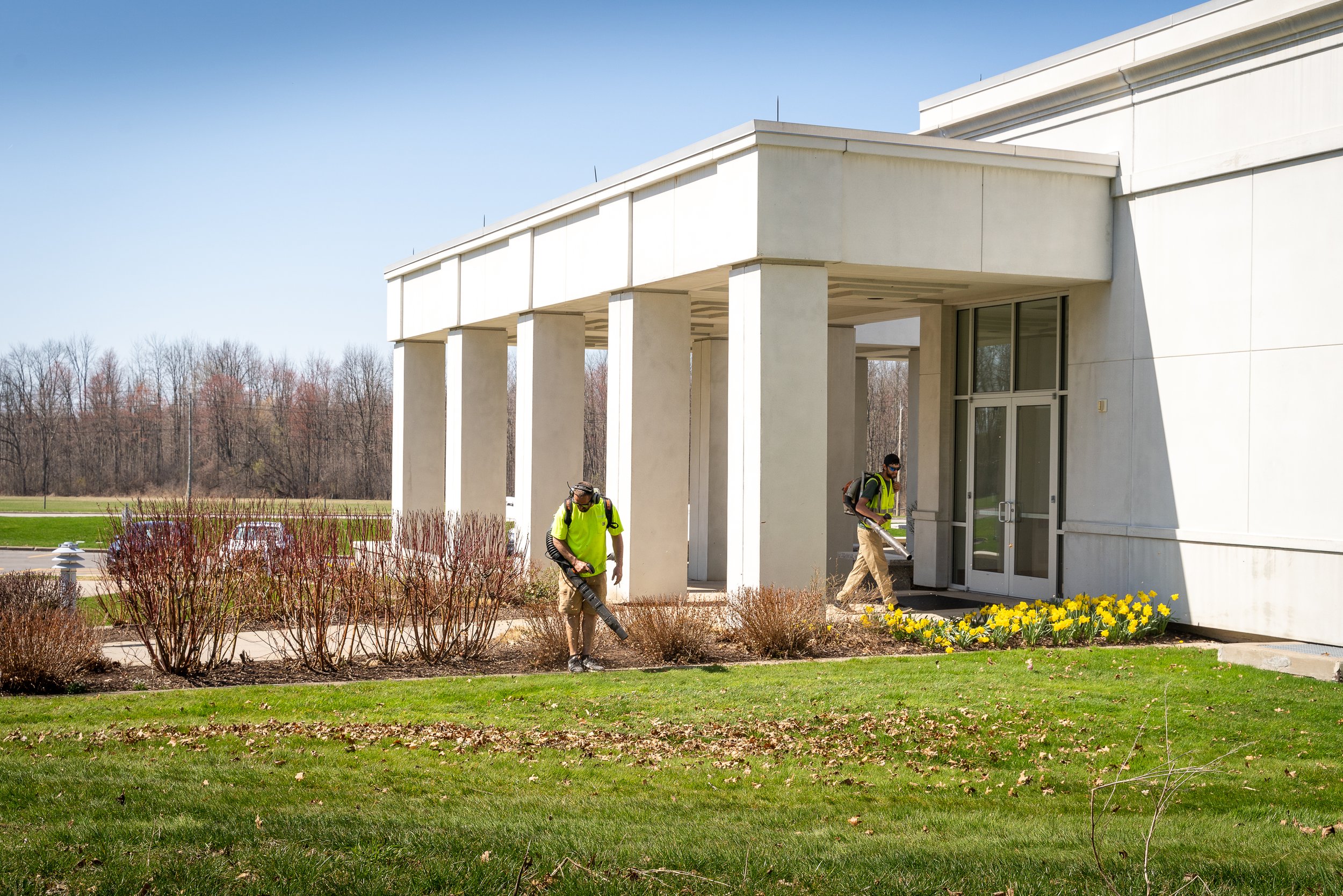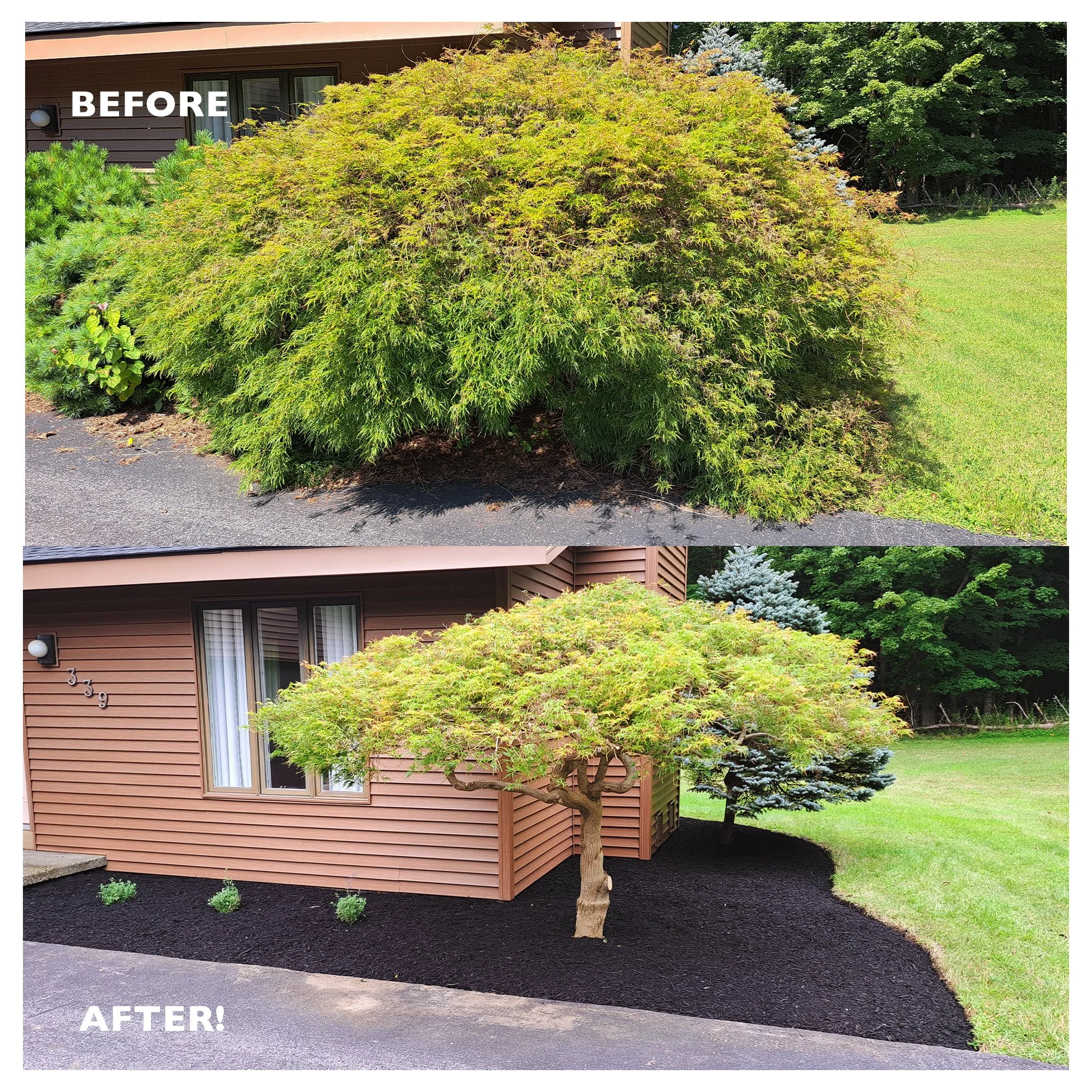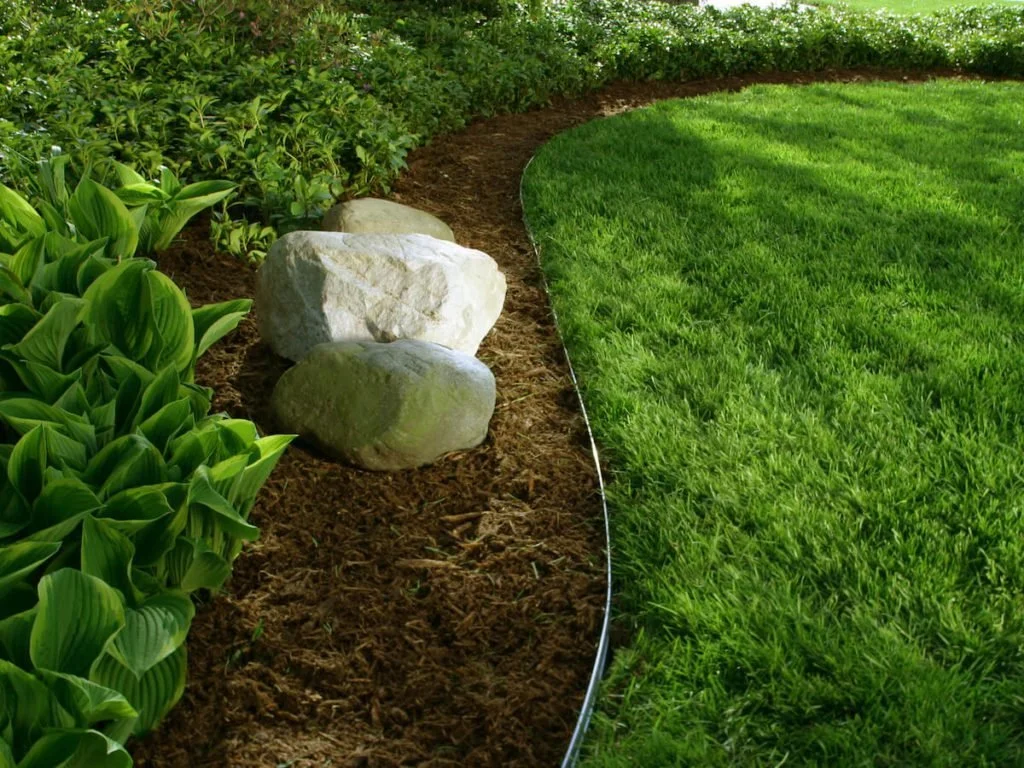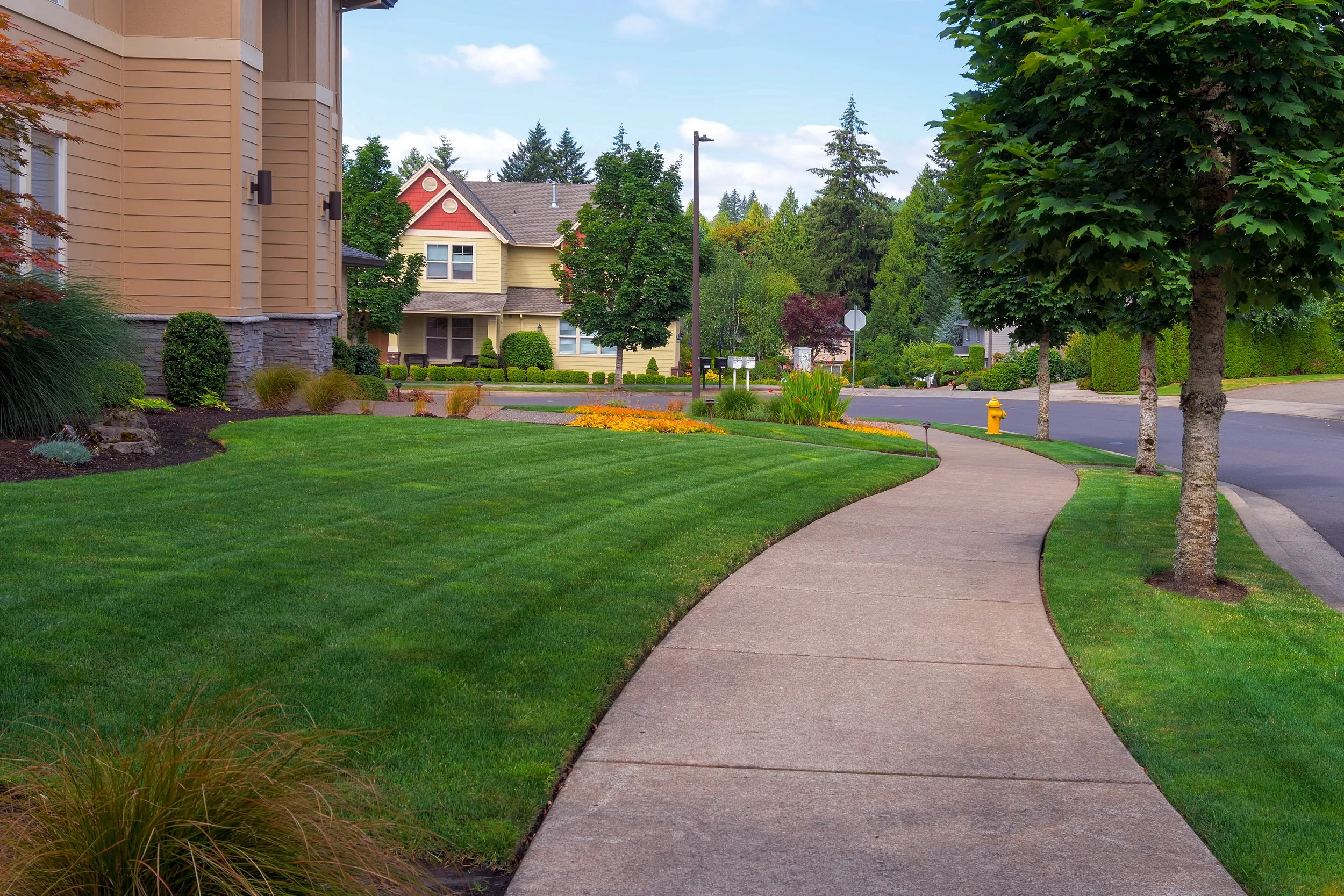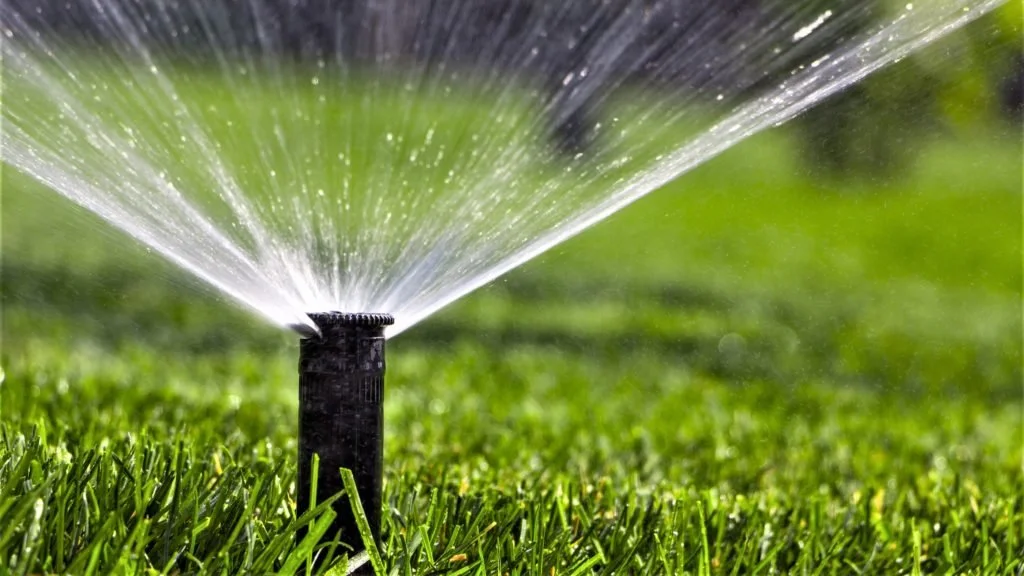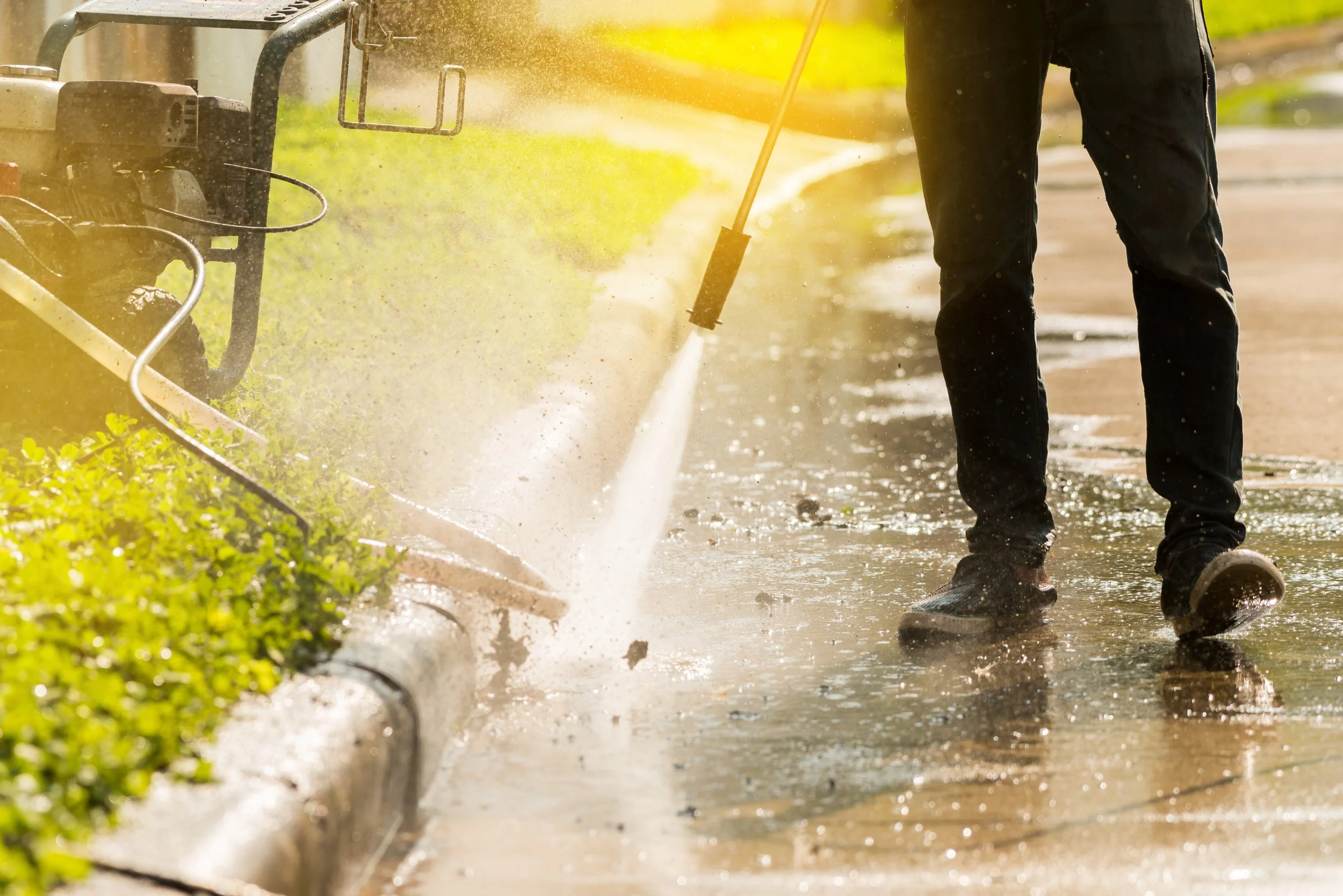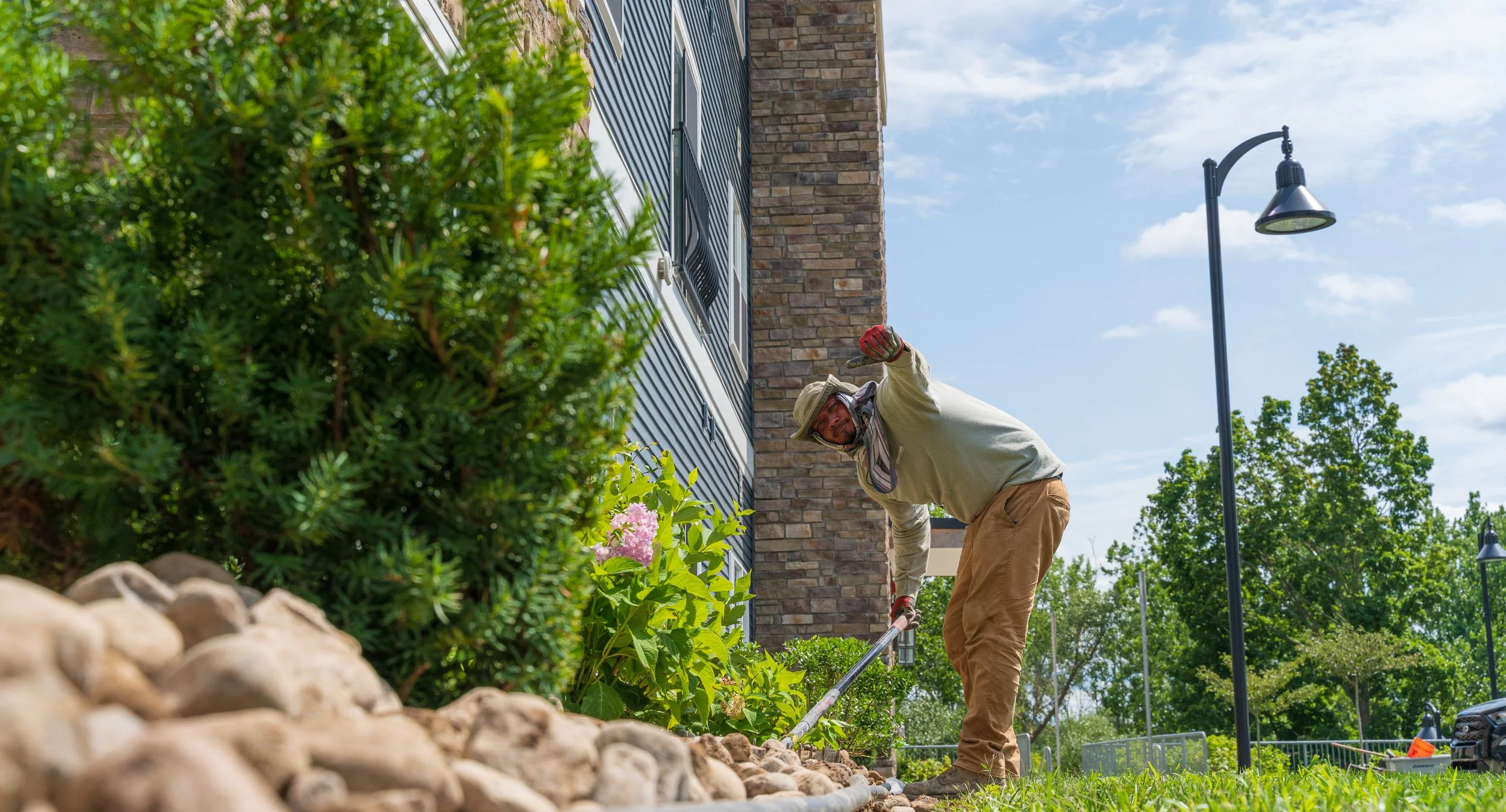10 Essential Tips to Prepare Your Property for Spring
Spring is an exciting time in Rochester, NY—those first 50-degree, sunny days feel like a reward after months of snow and ice. But as winter fades, many property owners notice their landscapes are in serious need of post-winter care.
March is the perfect time to step outside and assess any damage, maintenance needs, and opportunities for improvement. To help you get your property back in shape, we’ve put together this essential spring clean-up checklist.
Let’s get to work!
1. Start with a Thorough Debris Clean-Up
Winter storms can leave branches, leaves, and wind-blown trash scattered across your property. Begin your clean-up by:
Clearing landscape beds, lawns, and walkways
Removing debris from parking lots and drainage areas
Checking gutters and downspouts for blockages
A clean slate makes it easier to evaluate your landscape and start fresh for the season.
2. Inspect and Repair Winter Damage
Winter’s freeze-thaw cycle can wreak havoc on lawns, sidewalks, driveways, and hardscapes. Take a close look at:
Concrete, pavers, and asphalt for cracks or shifting
Lawn areas for frost heaving or bare patches
Trees and shrubs for broken or damaged branches
Addressing these issues early prevents bigger problems down the road and keeps your property safe and visually appealing.
3. Rake and Dethatch Your Lawn
A healthy lawn starts with removing excess thatch and dead grass. Early spring is the best time to:
Rake out matted leaves and winter debris
Dethatch if needed to improve airflow and water absorption
Aerate compacted soil to promote root growth
This process prepares your lawn for healthy, lush growth throughout the season.
4. Prune Trees and Shrubs
Winter may have left trees and shrubs with broken, dead, or overgrown branches. Pruning in early spring:
Encourages healthy new growth
Prevents disease and pest infestations
Enhances curb appeal by keeping plants well-shaped
For large trees or extensive pruning, hire a professional to ensure safety and optimal plant health.
5. Refresh Mulch in Landscape Beds
Mulch is a simple way to instantly refresh your landscape’s appearance while also:
Retaining soil moisture
Suppressing weeds
Regulating soil temperature
Apply a fresh 2-3 inch layer of mulch around trees, shrubs, and flower beds to give your property a clean, polished look.
6. Test and Improve Soil Health
Healthy plants start with nutrient-rich soil. Before planting or fertilizing, test your soil for:
Nutrient levels and pH balance
Compaction that may require aeration
Drainage issues that could impact plant health
Adding organic matter or professional-grade fertilizer can restore balance and promote vigorous plant growth.
7. Check and Prepare Irrigation Systems
Before the warmer months arrive, inspect your sprinklers, drip irrigation, and drainage systems for:
Leaks or clogged sprinkler heads
Broken pipes from winter freeze damage
Adjustments needed for coverage and efficiency
A properly functioning irrigation system saves water and ensures your landscape stays lush and healthy.
8. Plan for Seasonal Plantings
Spring is the perfect time to introduce new plants and enhance color around your property. Consider:
Planting cold-tolerant annuals for an early-season pop of color
Adding perennials and shrubs for long-term curb appeal
Selecting native plants that require less maintenance and water
A well-planned planting strategy keeps your property vibrant year-round.
9. Prepare Outdoor Spaces for Use
If your property includes seating areas, patios, or common spaces, now is the time to:
Clean and power wash hard surfaces
Inspect and repair outdoor furniture
Refresh decorative elements like planters or signage
Well-maintained outdoor areas make a great impression on customers, tenants, and employees.
10. Schedule Professional Landscaping Services
Spring landscaping requires time, effort, and expertise. Hiring professionals ensures:
Efficient, high-quality work with long-term results
Expert pruning, fertilization, and plant care
Custom landscape maintenance plans tailored to your property’s needs
At PropertyCare, we specialize in comprehensive commercial landscape maintenance to keep your property looking its best year-round.
Get Your Property Spring-Ready with PropertyCare
Preparing your landscape for spring doesn’t have to be overwhelming. With the right strategy and professional support, your commercial property will thrive in the seasons ahead.
Need help with spring clean-up, landscape maintenance, or seasonal plantings? Let PropertyCare handle the hard work!


